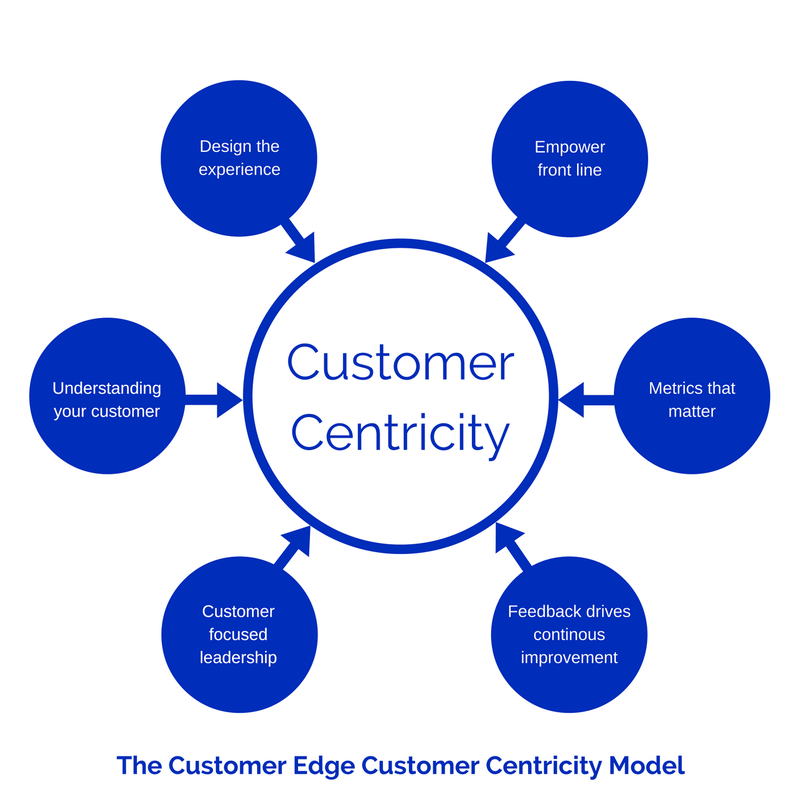A whopping 52% CXO’s don’t understand how to make their business customer centric

Listen to any company in almost every industry, and you’ll undoubtedly hear phrases like customer-centric and customer-focused touted as top priorities. But what does that exactly mean? When leaders of a company fail to explain or provide specific examples of what it really means to be customer-centric, employees often see these words as little more than corporate platitudes.
Companies feel obligated to go on record as being customer-centric. It makes sense. Which company is going to publicly announce that they do not care about customers and what they have to say? But the reality is that becoming truly customer-centric is about more than developing vague marketing statements. The more important question is this:
“As an organization, what can we do today to put the customer first?”
And to really make this really real, each employee at a customer-centric organization should ask themselves this question:
“What can I do today to create a better customer experience for our customer?”
The reality is that becoming truly customer-centric is more than developing marketing statements—it is a fundamental shift in a company’s mindset to focus on the customer.
The best way we know for companies to actually become more customer-centric is to consistently listen to the customer. It starts and ends there. We believe that the choice is simple—either listen to your customers or die. It sounds a bit dramatic, but it is true. Ask RadioShack, Blockbuster, BlackBerry, Kodak, and any other companies that were once on top and then stopped listening to their customers.
Becoming Customer-Centric
We recommend accomplishing customer centricity by using an organization-wide, customer listening program called Voice of the Customer (VoC).
VoC gathers customer feedback during, or soon after, an experience. Then customer feedback is delivered to the people within the organization who are responsible for improving the experience and immediately resolving any issues identified by the customer. Resolving customer issues immediately increases the likelihood that you will retain customers and reduce churn. This is a marked departure from when all customer feedback lived in the market research department and was often confined to a handful of people within the organization.
Here’s the key point for now: when customer feedback reaches those who interact with customers every day and they are empowered to act on this feedback and save potentially lost customers, a CX mindset is extended to the entire company. Your company begins to become customer-centric!
Customer Touchpoints
VoC also makes it easy for customers to be heard no matter how they choose to interact with your company. VoC tells you which touchpoints are going well and which are not.
The Benefits of Customer Listening
Regular customer listening enables your company to be more customer-centric by:
- Immediately resolving individual customer problems as soon as possible before you lose that customer and/or they spread negative word of mouth (often through social media). Reducing customer churn and increasing the chances that a customer will provide a positive social review (or reducing the chances they will share a negative one) are two major business benefits of customer listening programs.
- Understanding, at a strategic level, how customers feel about the various touchpoints, so you know where you are strong and where you need improvement.
- Improving the touchpoints that aren’t working, starting with the ones most likely to cost you customers or entice them to share negative feedback on social media.





Leave a Comment